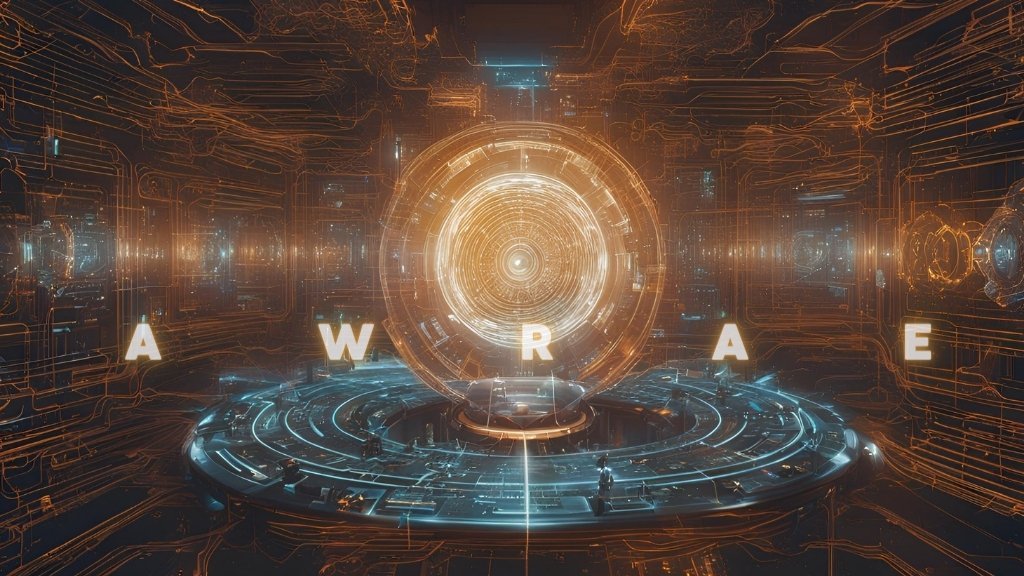In the previous articles of this series, I explored the ethical challenges and opportunities of artificial intelligence (AI),focusing on issues such as bias, discrimination, job displacement, and the potential for existential risk. In this fourth installment, I delve into the growing use of AI in surveillance systems and its impact on privacy and civil liberties.
The Rise of AI-Powered Surveillance
AI is rapidly transforming the field of surveillance, enabling the collection and analysis of vast amounts of data with unprecedented speed and accuracy. From facial recognition cameras to predictive policing algorithms, AI-powered surveillance systems are becoming increasingly pervasive in our society.
While these technologies can be used for legitimate purposes, such as crime prevention and public safety, they also raise serious concerns about privacy, freedom of expression, and the potential for abuse of power.
The Erosion of Privacy
The widespread use of AI-powered surveillance systems has led to a significant erosion of privacy. Our movements, our interactions, and even our emotions are being tracked and analyzed by algorithms, often without our knowledge or consent.
This constant surveillance can have a chilling effect on our behavior, leading to self-censorship and conformity. It can also be used to discriminate against certain groups of people, based on their race, ethnicity, religion, or political views.
The Dangers of Mass Surveillance
Mass surveillance, enabled by AI, can have a devastating impact on democracy and human rights. It can be used to suppress dissent, to intimidate activists, and to control the flow of information.
In authoritarian regimes, AI-powered surveillance has been used to monitor and persecute minorities, to stifle political opposition, and to maintain power.
The Need for Regulation and Oversight
To protect our privacy and civil liberties in the age of AI, it is crucial to establish strong regulations and oversight mechanisms for AI-powered surveillance systems. This includes:
- Transparency: The public should be informed about how surveillance technologies are being used and what data is being collected.
- Accountability: There should be clear lines of accountability for the use of surveillance data, and mechanisms for redress in case of misuse.
- Purpose limitation: Surveillance data should only be used for specific, legitimate purposes, and not for indiscriminate monitoring or profiling.
- Human oversight: Humans should remain in the loop in decision-making processes that involve the use of surveillance data, to ensure that AI systems are not used to violate human rights.
Conclusion
The rise of AI-powered surveillance poses a significant threat to privacy and civil liberties. To ensure a future where technology is used to empower individuals and communities, rather than to control and oppress them, it is essential to prioritize ethical considerations and to establish robust safeguards for privacy and human rights.
Keywords: AI surveillance, privacy, civil liberties, ethics, human rights, data protection, transparency, accountability



